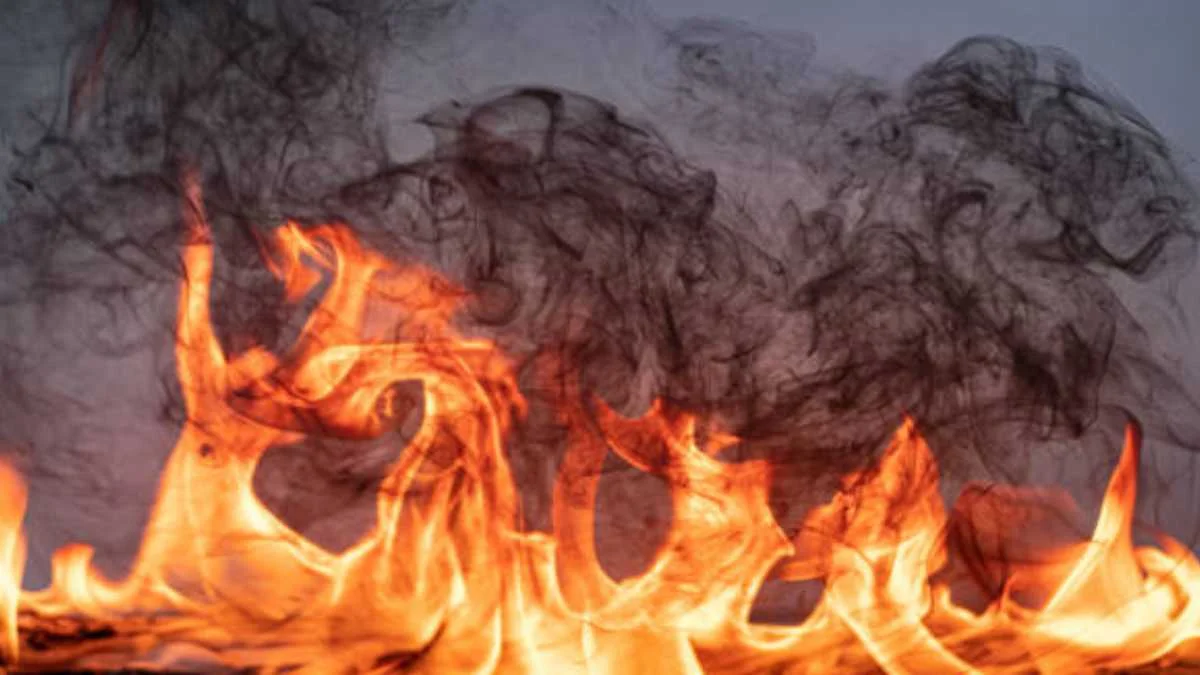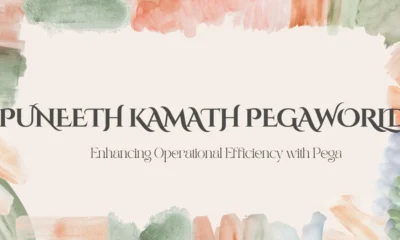HOME IMPROVEMENT
Why Fire Damage is More Than Just Flames: Understanding Residue, Odor, and Invisible Impact

When people imagine fire damage, they often picture scorched walls, blackened ceilings, or collapsed roofs. But the aftermath of a fire reaches far beyond what the flames visibly touch. In fact, some of the most dangerous and disruptive effects come from what’s left behind—residues you can’t always see, particles you can’t avoid breathing, and materials that seem untouched but quietly absorb the trauma.
Fire damage restoration isn’t just about removing charred items and repainting surfaces. It’s about neutralizing what the fire left behind in air, fabric, and structure.
Let’s look beyond the burn marks to understand the real science—and risk—behind the hidden impacts of a house fire.
Soot: More Than Just Dust
Soot is the fine black or brown powder that clings to walls, ceilings, and objects after a fire. But unlike regular dust, soot is chemically complex and hazardous.
What makes soot so problematic?
- It contains a mix of carbon, acids, metals, and potentially carcinogenic compounds
- The chemical makeup changes depending on what burned—wood, plastic, food, textiles
- It penetrates porous materials like drywall, upholstery, and insulation, making it difficult to remove fully without professional techniques
Even areas not directly touched by flame can be coated in soot, carried by hot air and smoke currents throughout the property.
Odor: The Lingering Chemical Signature of a Fire
The smoke smell that hangs in the air after a fire isn’t just unpleasant—it’s made up of volatile organic compounds (VOCs) that continue to off-gas from materials for days or weeks.
These particles attach to:
- Upholstered furniture
- Clothing and curtains
- HVAC systems and air ducts
- Wood framing behind drywall
If left untreated, these odors don’t simply fade—they settle. Over time, they can become “locked in” to materials, requiring more invasive cleaning or even replacement.
Professionals trained in fire damage restoration understand that eliminating odor means neutralizing its source at a molecular level, not just masking it with deodorizers.
The Hidden Spread: Airflow and Unburned Areas
One of the most misunderstood aspects of fire damage is how smoke travels.
Even if flames are contained in one part of a home, hot smoke and soot can move with the air, reaching:
- Closed cabinets
- Attics and crawlspaces
- Behind outlet covers and switch plates
- Ventilation and return ducts
This explains why a fire in the kitchen may lead to soot deposits in a second-floor bedroom. The building’s natural air circulation spreads contaminants far beyond the burn site.
At Secure Restoration, teams routinely assess “cold zones” or areas where visual damage is minimal but odor and soot are still present. This expanded approach ensures the entire structure—not just the visibly affected areas—gets restored.
Chemical Residues from Burned Materials
Fires don’t just burn; they chemically alter everything they touch. When synthetic materials like plastics, foams, or electronics catch fire, they produce toxic byproducts.
These may include:
- Hydrochloric acid (from burning PVC or vinyl)
- Cyanide compounds (from combustion of polyurethane foam)
- Heavy metals (from wires, batteries, and coated electronics)
The residues left behind are not always visible but can be harmful if touched or inhaled. They settle on floors, window ledges, and furniture—posing ongoing health risks, particularly to children or pets who may come into contact with contaminated surfaces more easily.
Water Damage from Suppression Efforts
Ironically, the very act of putting out the fire can introduce a whole new layer of risk. Water from hoses or sprinkler systems saturates the structure, combining with soot and ash to create a sticky, acidic sludge that’s even harder to clean.
Left untreated, this residue can:
- Etch and stain metal surfaces
- Warp wood and drywall
- Feed mold within 48–72 hours
Fire damage restoration often involves a dual response—dealing with fire byproducts and moisture infiltration simultaneously.
Materials That Need Special Attention
Even if items aren’t completely burned, their exposure to smoke and heat can alter their safety and usability. Restoration teams evaluate each material differently.
What’s typically assessed for replacement or specialty cleaning:
- Insulation: Soot trapped in fibers is impossible to fully remove
- Drywall: Absorbs odors and chemicals quickly
- Ceiling tiles: Light materials tend to retain smoke stains permanently
- HVAC systems: Can continue circulating particles long after the fire is out
- Appliances: Electrical components may be compromised even if exterior looks undamaged
Failing to address these items thoroughly can lead to recurring odors, poor indoor air quality, and hidden contamination.
The Psychological Impact of Hidden Damage
It’s not just about what fire does—it’s also how long the effects linger. Many homeowners feel overwhelmed by invisible hazards. Living in a space that smells of smoke or shows signs of residue can trigger anxiety, even when the structural repairs are complete.
Restoration is about peace of mind as much as property. That’s why complete fire damage restoration doesn’t stop at fixing what burned—it restores the environment to a place of safety, comfort, and cleanliness.
Final Thought: Fire’s Shadow Lasts Longer Than Its Flame
Fire is a flash event—but its impact is anything but brief. Long after the flames are extinguished, the air, walls, and surfaces of a property continue to bear its effects.
Understanding soot chemistry, odor behavior, and particulate spread is essential for safe and complete recovery. The damage you don’t see can be just as harmful as what you do.
Choosing to work with experienced fire damage restoration professionals, such as those at Secure Restoration, ensures not only that the surface is cleaned—but that the space is truly restored at a deeper level. Because restoration isn’t just repair. It’s renewal, from the inside out.
-

 BIOGRAPHY6 months ago
BIOGRAPHY6 months agoBehind the Scenes with Sandra Orlow: An Exclusive Interview
-

 HOME1 year ago
HOME1 year agoDiscovering Insights: A Deep Dive into the //vital-mag.net blog
-

 HOME1 year ago
HOME1 year agoSifangds in Action: Real-Life Applications and Success Stories
-

 BIOGRAPHY1 year ago
BIOGRAPHY1 year agoThe Woman Behind the Comedian: Meet Andrew Santino Wife




























